| Digital transformation in trade promotion: Promoting sustainable production and export Steel industry adapts for sustainable export |
Dr. Le Quoc Phuong - former Deputy Director of the Center for Industry and Trade Information (Ministry of Industry and Trade) - had an interview with reporters of the Industry and Trade Newspaper about this issue.
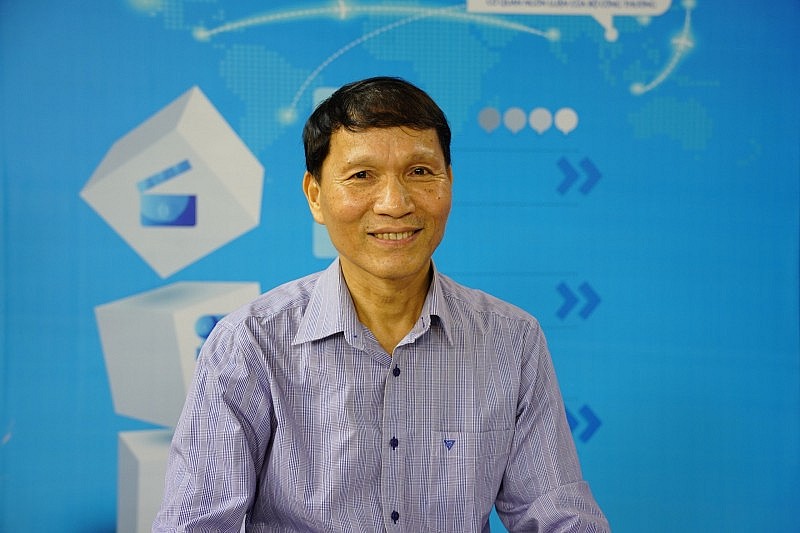 |
| Economist Le Quoc Phuong - former Deputy Director of the Center for Industry and Trade Information (Ministry of Industry and Trade) |
Sir, the changing world market is posing new requirements for export enterprises. In that context, the Strategy for Import and Export of Goods to 2030 has been proposed by the Ministry of Industry and Trade to the Government for promulgation with the goal of sustainable import and export with a balanced and harmonious structure, promoting competitive advantages, comparative advantages, and developing Vietnamese goods brands. What do you think about the role of the Strategy in the current context of import and export of goods?
Since we opened up to integration nearly 40 years ago, import and export has been a very strong growth sector because we have put forward a growth strategy based on exports. With that strong growth, Vietnam is now ranked as the 20th largest exporter in the world out of 240 economies. Currently, we are at the top of the world in many products such as rice, coffee, cashew nuts, textiles, and footwear.
However, our exports still have many limitations, the biggest of which is unsustainable development. Although export turnover is high, the added value is not high because exports still focus on quantity and do not pay much attention to quality and efficiency. In addition, the current market structure is too concentrated on a few key markets and key products.
In addition, our export products do not have high scientific and technological content because we have not exploited our competitive advantages, have not exploited exports based on science and technology, and labor productivity, but we still export based on labor and natural resources, which risks affecting the environment.
Those limitations make our export turnover, although achieving very large and very high turnover, not really sustainable.
In that context, the Export Strategy to 2030 has been issued, setting the goal of sustainable export development. Specifically, the strategy has set the goal of increasing export added value based on innovation, science and technology, labor productivity, and environmental protection. These are very important factors that we need to innovate now.
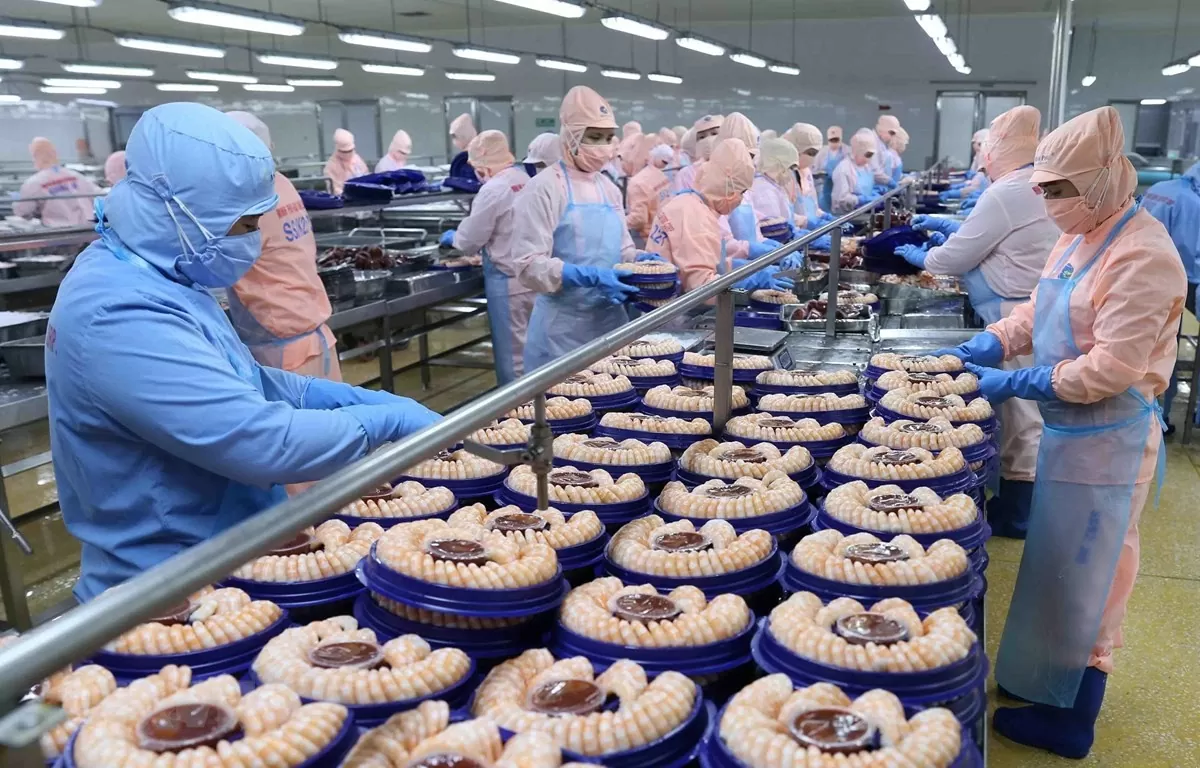 |
| The strategy sets out export targets associated with green, clean, circular production, environmental protection, and climate change adaptation (Photo: VNA) |
Another strategic goal is to export in conjunction with green, clean, circular production, environmental protection, and adaptation to climate change. Diversify markets and products.
In addition, the strategy requires building product brands for export products because we currently have many export products without brands. Agencies and businesses are making efforts to achieve these goals so that exports can move in a sustainable direction.
After more than 2 years of implementation, in your opinion, how has the business performance been in responding to this Strategy, especially in 2 stories: improving the quality of goods and diversifying import and export markets?
The Strategy for Import and Export of Goods to 2030 was developed by the Ministry of Industry and Trade and submitted to the Government for promulgation through Decision No. 493/QD-TTg dated April 19, 2022 and has been implemented for 2 years. Currently, ministries and local branches have issued Action Programs to detail and concretize the implementation of this strategy. Enterprises are also actively participating in the strategy.
Regarding the two issues of improving the quality of goods and diversifying import and export markets, after 2 years of implementing the Strategy as well as throughout the past time, the quality of exported goods has continued to be improved, reflected in the fact that despite the difficulties in the world trade economy during 2022 - 2023, we have promoted agricultural exports. Currently, there are many agricultural export products, especially dragon fruit, coconut, lychee, longan, rice, coffee... that are being promoted for export at much higher prices, entering demanding, strict and stringent markets such as the US, EU, Japan...
Why can our agricultural products enter these markets? Because the quality of agricultural products is constantly improving and reputation is being built. To create reputation, agricultural products must ensure that they meet the strict standards set by the markets. What we did not achieve before, we have achieved now.
Besides, the company also strives to bring to the market products with competitive prices, increasingly advanced production processes, and more diverse products.
Regarding export market diversification, in recent times, we have expanded our export markets to foreign markets, key markets such as the Middle East, Africa, South America, etc. These are areas where Vietnamese goods have great potential.
Green production is a trend and a competitive tool for export enterprises in the world market. However, this is currently a weakness of Vietnamese enterprises. From the perspective of an economic expert, what do you think is the cause of this limitation?
In the context of climate change, many markets have introduced environmental protection standards to slow down climate change and protect nature. In that context, green production is a mandatory requirement.
However, many export enterprises have not been able to do this. The reason is that the awareness of enterprises is still limited. Many enterprises do not have a specific and detailed grasp of the trend of green standards and green production in the world, and do not understand that this is a mandatory requirement.
We have joined 16 FTAs and among them, there are many green requirements. For example, when signing the FTA with the EU, the EU also put forward many requirements on carbon assessment regulations, on emissions created in the production environment, on green export strategies... but many businesses do not understand them.
Besides, there are many other businesses that have grasped the issue but they consider green transformation a challenge and are reluctant to implement it. The reason is that their financial resources are limited. This is the reason why green transformation, green production and export in our country still have many difficulties and are implemented very slowly.
The strategy for import and export of goods until 2030 also sets out goals for green export and sustainable export. In the context of green export and sustainable export being an irreversible trend as it is now, what recommendations do you have for Vietnamese enterprises to export more sustainably?
First, businesses must learn about green production, green transformation, and sustainable exports. It is reflected in the new regulations that countries have put forth and we must comply with them and learn them thoroughly.
After carefully studying information about green production and green transformation, businesses must review their production and business processes to see if there are any that do not meet green standards. Which stages need to be converted, and what are the conversion steps?
Next, businesses must invest in green transformation. This investment is very expensive, but businesses that have joined the game must accept it.
Enterprises must also seek external support, from consulting, guidance, connection, financial credit provision... Support sources can come from state management agencies, international organizations in Vietnam, advanced countries such as the EU... We must seek and take advantage of this support.
Finally, businesses need to see green transformation not only as a challenge and difficulty but also as a great opportunity for businesses to invest, transform production and business activities, invest in production processes, change equipment and input materials. Change will stimulate innovation and in the long run promote better transformation.
With green conversion, businesses will have to spend initial costs such as using energy-saving equipment and using recycled materials. But in the long run, it will reduce costs for businesses such as reducing energy costs and reducing prices. If businesses achieve green conversion sooner, they will increase their competitiveness with competitors. Therefore, green conversion will be a great opportunity for businesses.
Thank you!
Source: https://congthuong.vn/dong-luc-thuc-day-doanh-nghiep-xuat-khau-xanh-xuat-khau-ben-vung-345845.html


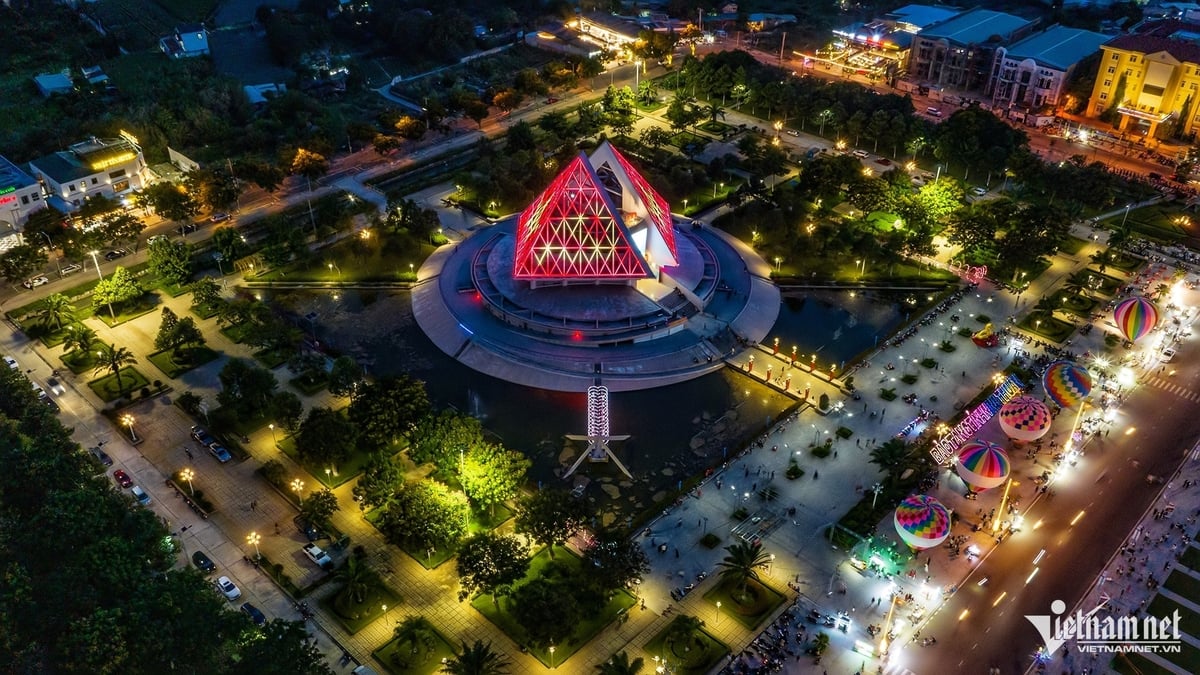
![[Photo] Prime Minister Pham Minh Chinh works with the Standing Committee of Thai Binh Provincial Party Committee](https://vphoto.vietnam.vn/thumb/1200x675/vietnam/resource/IMAGE/2025/5/12/f514ab990c544e05a446f77bba59c7d1)
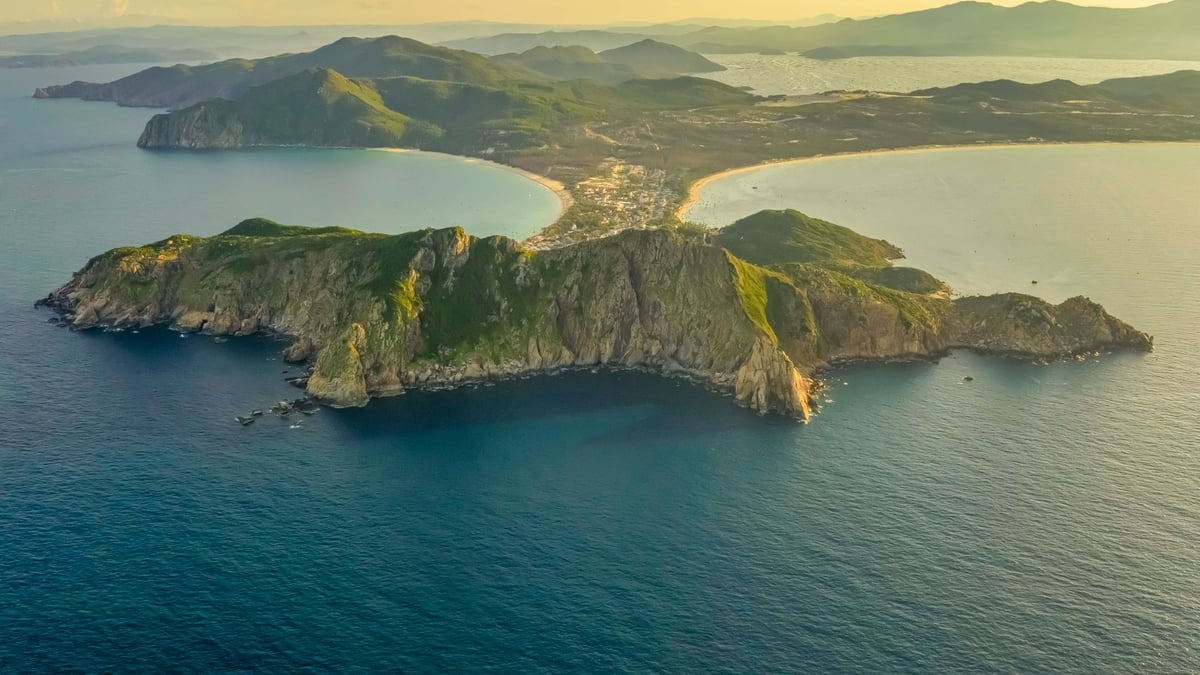
![[Photo] Prime Minister Pham Minh Chinh receives Swedish Minister of International Development Cooperation and Foreign Trade](https://vphoto.vietnam.vn/thumb/1200x675/vietnam/resource/IMAGE/2025/5/12/ae50d0bb57584fd1bbe1cd77d9ad6d97)

![[Photo] Prime Minister Pham Minh Chinh starts construction of vital highway through Thai Binh and Nam Dinh](https://vphoto.vietnam.vn/thumb/1200x675/vietnam/resource/IMAGE/2025/5/12/52d98584ccea4c8dbf7c7f7484433af5)
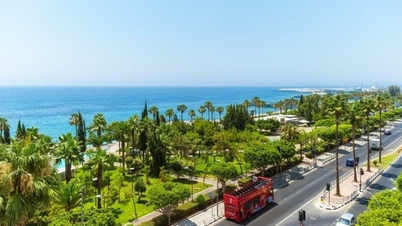



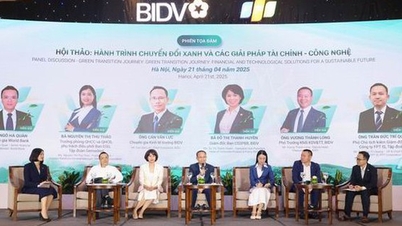
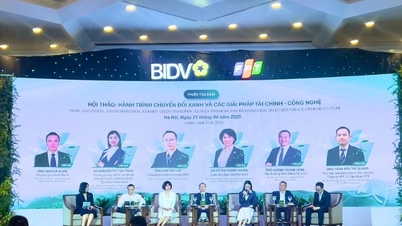






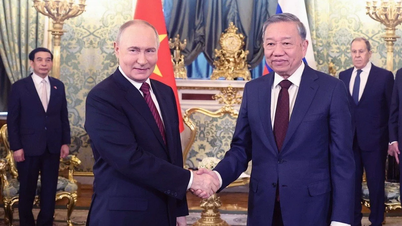



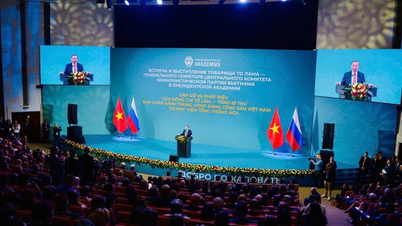





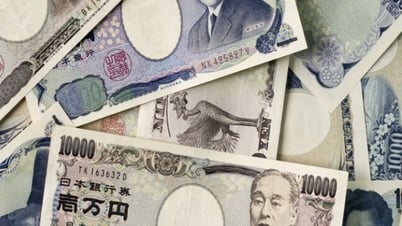
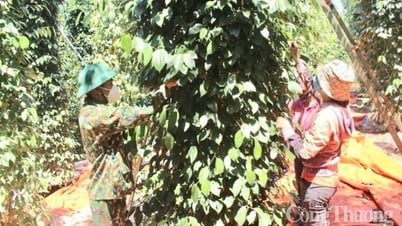
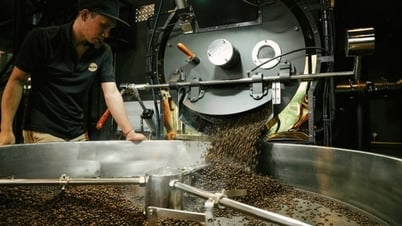
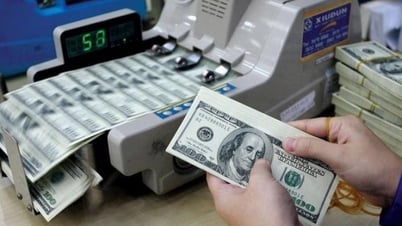

















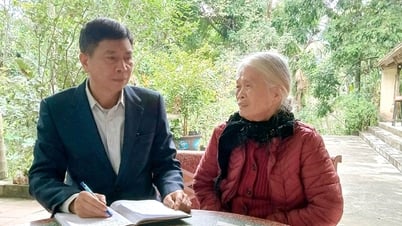


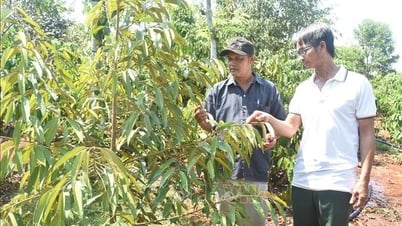





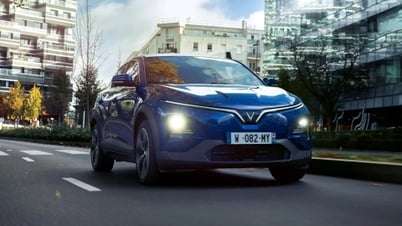


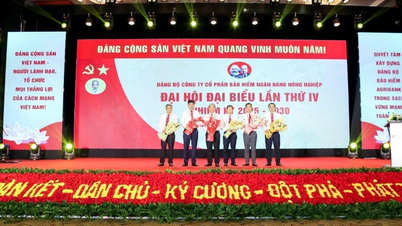
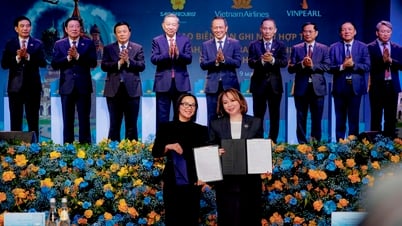
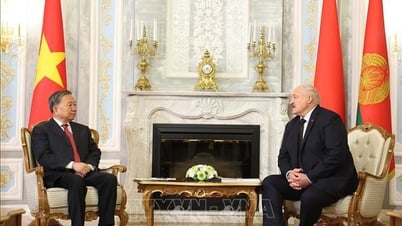
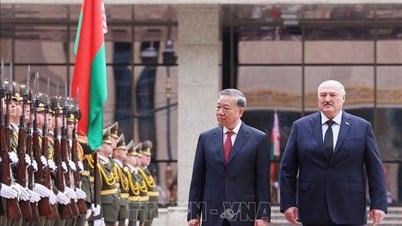






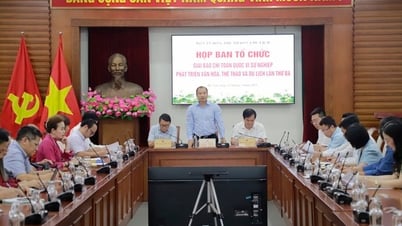

















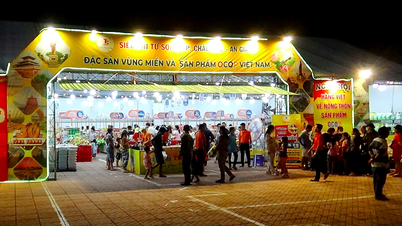

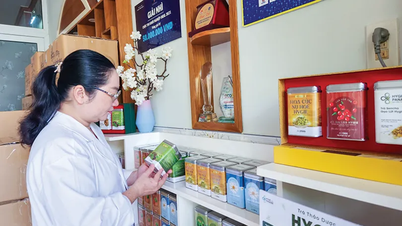

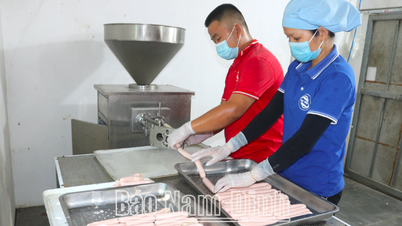

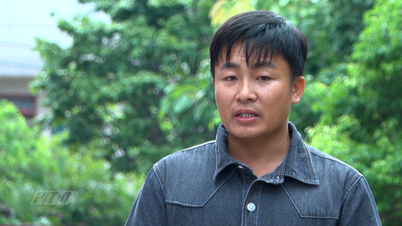

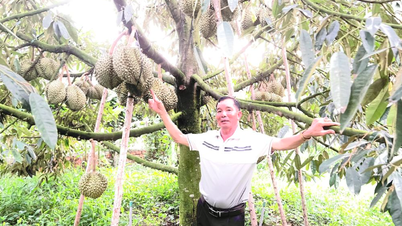


Comment (0)